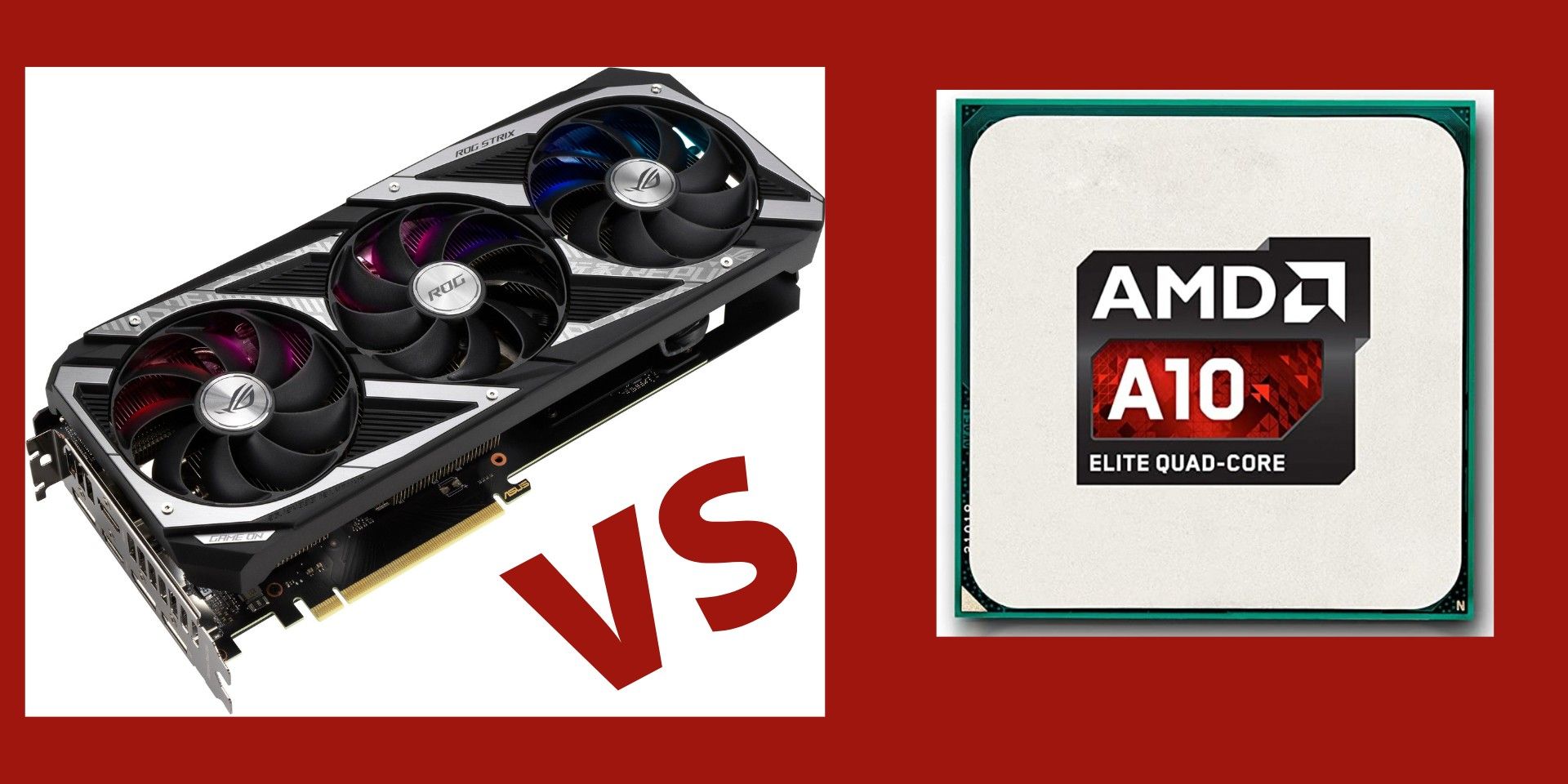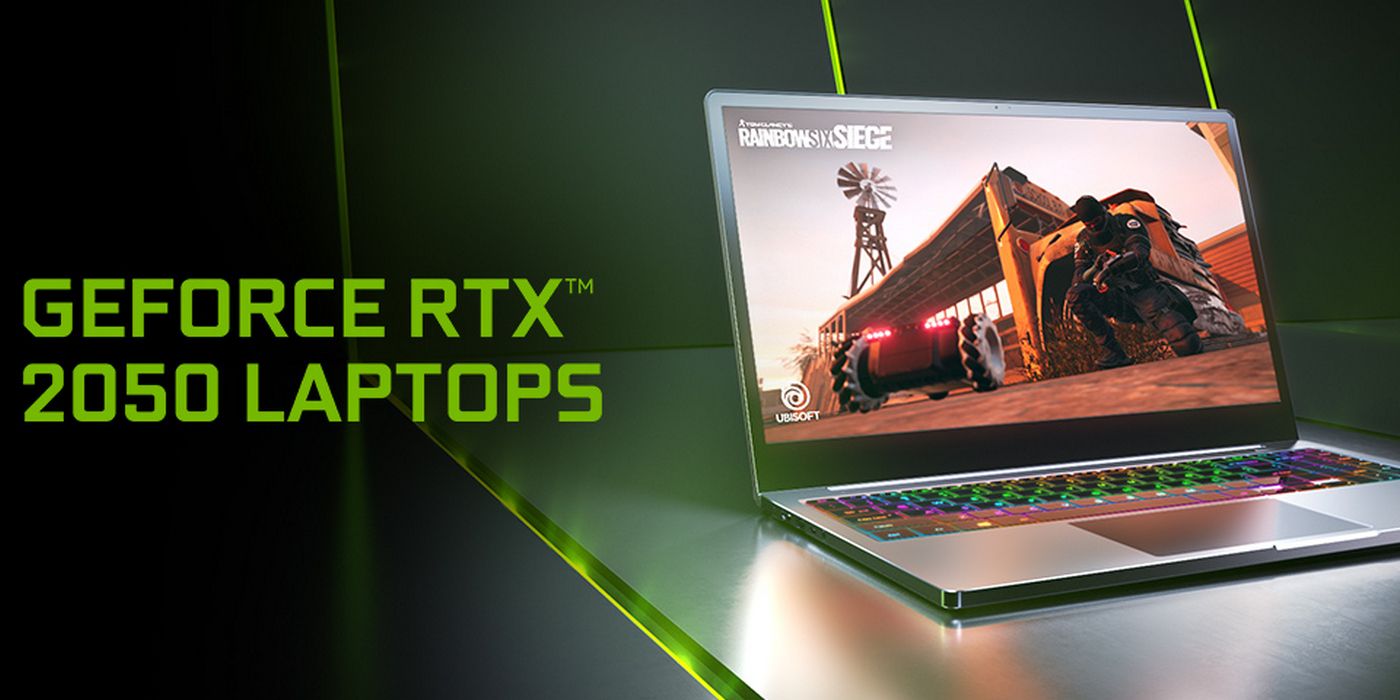The APU, sometimes called an iGPU, is a graphics solution integrated right into the CPU that functions similarly to a graphics card, but which of the two is the better buy? Ever since NVIDIA's popularization of GPUs in 1999, the graphics card has become the most critical piece of hardware for gaming PCs to squeeze out as much performance as possible. The graphics card is tasked with displaying all of the visuals presented by a PC, leaving the CPU alone to work on organizing information. Thanks to their importance and scarcity, graphics cards are expensive, power-hungry and bulky, which leads to headaches along with their associated improvements in performance.
The differences between the two can be a little technical, but as far as functionality goes, the APU generally operates as a much cheaper solution at the cost of lower performance, while the dedicated graphics card has a much higher performance ceiling, but far higher cost and power usage, in addition to generating more heat and taking up more space. For these reasons alone, it can be worth looking at a contemporary APU for the purposes of light gaming and general PC uses so as to save a ton of cash. However, understanding which graphics cards compare in rough terms to which APUs can be tedious and time consuming.
For reference, the best APUs of today, such as the Ryzen 7 5700g, can get gamers around 60 to 80 FPS in common esports titles at low to medium settings with an asking price of roughly $350 when not on sale. Conversely, the best dedicated GPUs of today will easily pull 300 FPS in the same games, assuming it is paired with a relatively powerful CPU. However, such a graphics card can cost over $1,000, and the purchase of the CPU isn't included in that price.
Is An APU Or Graphics Card The Right Tool For The Job?
Those who want to purchase a graphics card are generally gamers who intend on playing video games at medium to high settings and aim to get a consistent 100+ FPS while doing so. Additionally, aspiring streamers or video editors will absolutely need the help of a quality graphics card to handle the workload these two processes can have on their PC. For a good budget option, the GTX 1660 Super graphics card by NVIDIA paired with a Ryzen 7 5700x CPU by AMD is a quality combo that keeps costs down while keeping frames fairly high. For more power, an RTX 3080 or higher along with an Intel 12900k is an extremely potent, if expensive, combination that will only be matched in the frames it dishes out by the heat it produces. This combination will make video editing a quick and easy task, and 4K streaming will actually become viable.
If video editing, hardcore gaming at high settings, and streaming aren't enticing endeavors right now, the APU is almost certainly the right choice. The best possible choice at the moment, AMD's Ryzen 7 5700g, is quite potent in delivering a quality gaming experience while producing small amounts of heat, keeping costs way down, and overall being a fairly convenient piece of tech to work with. Additionally, this APU has the benefit of containing above average performance in the CPU side of things, so if a user wanted to upgrade later on, all they would need to do is plug in a graphics card of their choice alongside the APU to start reaping the benefits, no CPU upgrades required.
Graphics cards and APUs both have their place in the tech world, but their use cases are quite different. And while graphics cards are uncontested in performance, a great many PC users will find that APUs deliver enough or more power than needed at a fraction of the price.


